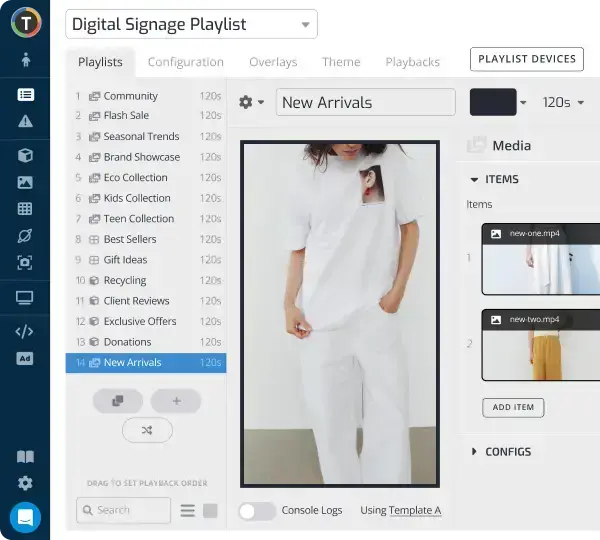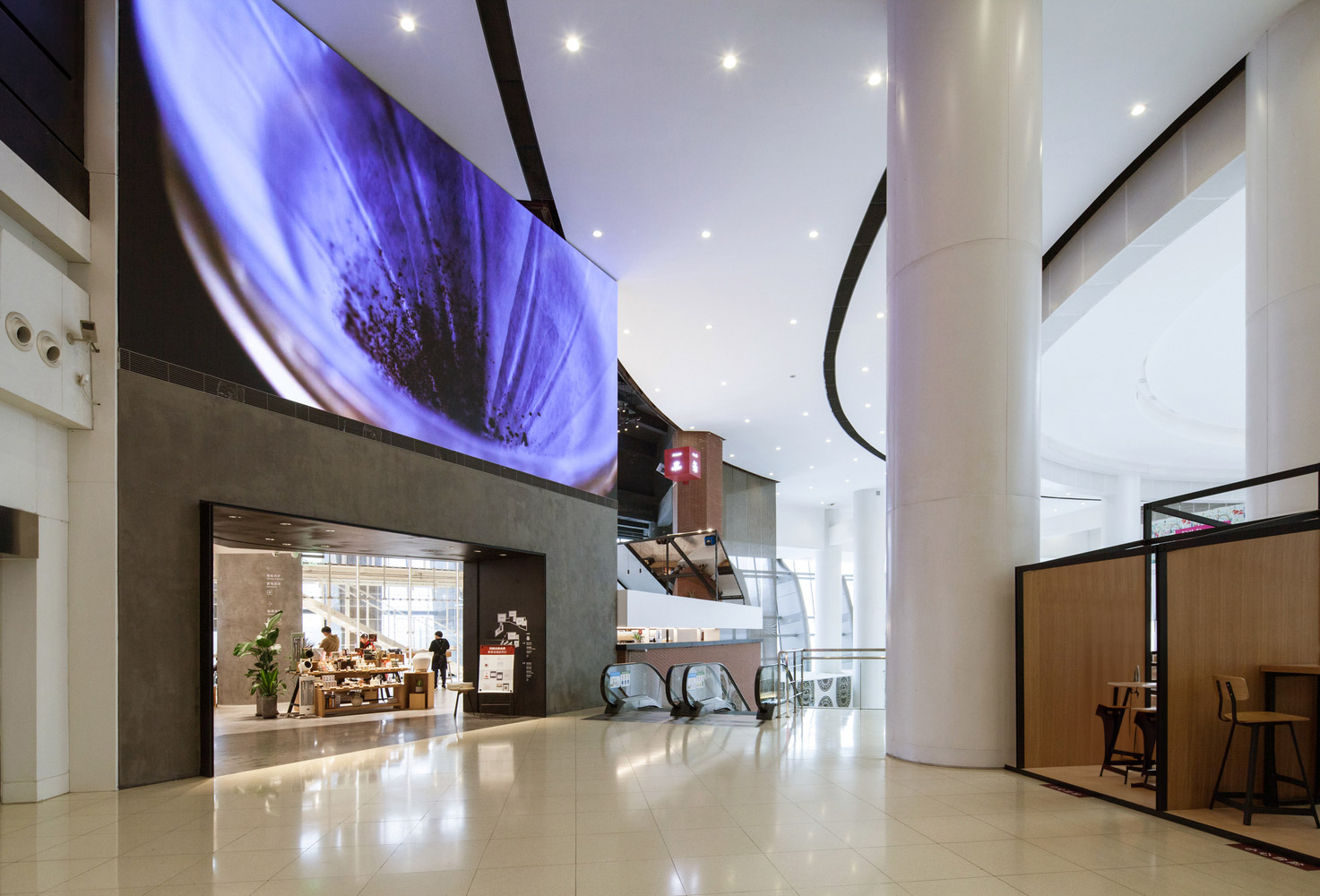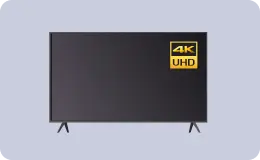Why Use Commercial Digital Signage Displays vs. Consumer TVs?
WRITTEN BY: TelemetryTV, 03-06-2025

After deciding to adopt digital signage to boost your business, at some point you’ll need to decide on which kind of screen is right for you: consumer or commercial digital signage displays.
The answer isn’t always going to be totally obvious, but in most cases, we recommend opting for a commercial digital signage display—especially if your digital signage is going to require long usage hours in bright environments. Sure, commercial displays aren’t always a requirement and they’ll cost more upfront, but they come with many benefits that justify a larger investment off the bat.
Choosing a consumer TV instead could run the risk of shelling out thousands of dollars in repairs or even having to buy full-on replacement screens if any die out completely.
The Differences Between Commercial Digital Signage Displays and Consumer TVs

Put simply, consumer TV displays are built for typical use in homes. Therefore, organizations that choose consumer TVs often have home-like settings: controlled lighting, temperature, and dust levels, and do not require long work hours for their hardware. On the other hand, commercial digital signage displays are specifically designed for use in different types of business environments. Most digital signage displays you see in professional settings are of the commercial variety.
But the difference between consumer and commercial displays goes much deeper than that. Here are four key areas of difference that might make you want to choose commercial digital signage displays instead of consumer ones.
1. Design
Aesthetics
The first major difference you'll notice between commercial digital signage displays and consumer TVs is the design. From an outlook standpoint, commercial displays are designed to blend in with their environment—think clean, industrial, minimalist designs. Consumer displays typically have more aesthetic flair and come with a TV stand.
Durability
The designs are also different when you factor in durability. Consumer screens aren't built for the wear and tear of prolonged, non-stop use and are easily damaged if dropped or hit by an object. Commercial displays, however, are specifically designed to operate around the clock and are built with encasings that protect from impacts, dust, heat, and other harsh conditions. If you need an outdoor digital signage display, a commercial display is pretty much your only option.
Brightness
While both home TVs and commercial displays offer brightness levels ranging from 200 cd/m2 (nits) to 2,000+ nits to cater to different lighting conditions, it is important to consider brightness in conjunction with other factors. Commercial displays possess additional features, including sophisticated cooling systems, coupled with higher-grade power supplies, more durable components, and extended warranties, which contribute to their overall performance and extended lifespan. Therefore, when comparing two models with high brightness levels, such as around 2,000 nits, it is crucial to first consider the specific environment in which the TV will operate. This ensures that it will effectively serve you for a long time.
Content
To wrap up design comparisons, it's important to note that consumer screens, at their core, are built to display cable TV, movies, and video games. Alternatively, commercial displays are designed to broadcast and stream all types of content—including web pages, dashboards, social media feeds, online videos, motion graphics, slides, promotional content, and more. That's in addition to everything a consumer display can do.
2. Connections
Digital Signage Players

While some displays (especially consumer-focused TVs) offer the convenience of built-in media players, creating a plug-and-play experience, professional displays often lack this feature. The all-in-one solutions typically fall short for complex signage needs or advanced applications. For those looking to deploy sophisticated content or set up multi-screen (video wall) signs, a more robust solution is necessary. This means finding a digital signage player that not only supports multi-screen layouts but also boasts the computing power to handle demanding tasks seamlessly.
Connectivity
Consumer screens are pretty limited when it comes to input types. Typically, they focus solely on HDMI and USB ports, while commercial screens offer a wide range of inputs in addition to HDMI, including VGA, DVI, and RS-232 In and Out ports for enabling the daisy-chaining of multiple displays to build engaging video wall installations.
RS-232 Control
RS-232 control allows digital signage owners to control and monitor screens without a remote. This is a hugely important function considering that it allows the precise management of screen functions and features using a computer. Consumer displays rarely have this option, and if they do have it, it is extremely limited in functionality. Most commercial screens, on the other hand, support full RS-232 control.
Front Panel Lockout
The last thing you want to happen to your digital signage is for a prankster to start controlling your screens for their own amusement and at your business's expense, which can easily happen. All they need to do is use the infrared blaster on their mobile phone or simply press the buttons on the actual TV. Commercial screens protect against this kind of tomfoolery, though, with IR and front panel lockout, which essentially makes your display unchangeable to anyone but your staff.
3. Reliability

24/7 or 16/7 Use
Unlike consumer TVs, which are meant to be used intermittently, commercial digital signage displays are designed to run non-stop (or during commercial hours) without any problems, thanks to their powerful onboard cooling systems. Consumer displays are only meant to run 6-8 hours per day maximum. So if you're looking for a display to run content uninterrupted for extended periods of time, a commercial screen is the way to go.
Portrait mode
On that same note, consumer screens aren't built to function as vertical digital signage displays due to their limited cooling systems. They’ll most likely overheat and experience damage in no time. Commercial TV displays, however, have no problem supporting portrait mode.
Lifespan
There's a reason that commercial displays cost more upfront than their consumer counterparts. They are built with higher-grade components that last significantly longer than consumer TV components. You can expect to get somewhere between 70,000-100,000 hours out of a commercial display running continuously.
4. Warranty and Support
Warranty Periods
In general, commercial digital signage displays come with a three-year warranty while most consumer TVs only come with a one-year warranty. On top of that, consumer screens sometimes come with fine print stating something along the lines that the warranty will be voided if the display is used for commercial purposes.
Support
Most commercial display warranties feature post-sales support. This is a huge help for businesses that have problems during the installation phase. Additionally, commercial display warranties normally cover on-site service if repairs are needed. Consumer TV warranties typically only cover walk-in repairs, which is a big problem if you need to lug in a 60-plus-inch screen.
Where to Buy Commercial Digital Signage Displays?

Obviously, commercial digital signage displays aren’t as easy to find as consumer displays, but they are still just a Google search and few clicks away. Most commercial TV displays are sold by resellers or digital signage company partners.
Need help finding a top-notch commercial display? Head over to our guide on the Best Digital Signage Display TVs to Buy in 2025.
How to get started
Outside of purchasing the necessary digital signage hardware, getting started with digital signage is as simple as signing up for TelemetryTV's free trial.











